On October the 7th, 2006, I got up at 2AM, after what turned out to be just 90 minutes sleep, and I drove for four hours to the Nagano Prefecture, which is North-West of Tokyo, to shoot the first Autumn leaves of this year. Today we’re going to take a look at the results with some reasons behind any particular composition or artistic decision, and some technical details behind the shots as well. A note before we go on too, this week I’m honoured to be guest hosting Chris Marquardt’s Podcast, Tips from the Top Floor. The show will be released on Friday the 13th, so check that out as well if don’t already religiously listen to all of Chris’ shows, as I’m sure most of you do. For now though, let’s go right ahead and take a look at some of the first Autumnal colour in Japan for 2006.
After the hot sticky summers of Japan, it’s really great when Autumn comes around. It’s cooler and easier to get around, and there are fewer bugs around to feast on our blood. Summer also doesn’t really have that much appeal to me personally photographically-wise either. The trees and plants can look pretty tired once that lustre has gone from the bright green fresh leaves of spring. There are of course flowers and bugs to work with in the summer, so I don’t rule it out totally, but I’m not as active as in the other three seasons. For me I guess my photographic year really goes from autumn to the end of the following spring.
A few weeks ago I started looking through my guide books and found some areas that I would like to visit over next month or so as the autumn colour blesses us with its presence, and the earliest place I could find where the leaves would be doing their thing is a highland plateau called Shigakougen in Nagano. The end of last week saw some pretty nasty weather around Japan, with high winds and heavy rain, causing landslides and local flooding, so I was in two minds whether or not to postpone. I was visualizing some shots with the brightly coloured leaves, and the white trunks of the silver birch trees reflecting in some of the ponds in the area, and I was thinking that early morning would be a good time to shoot, as there’d be some mist left over giving the images an extra touch of mood. The weather forecast said that the rain was going to stop, and it would clear up during the morning, so I decided to drive through the night to arrive around dawn for the mist shots. I then planned to sleep in the car for a few hours until the weather cleared up, and get some more shots of the surrounding mountain vistas as well. Well, you know that mountains tend to create their own weather, and overall conditions meant that it didn’t clear up, so I left before lunch as I had to be somewhere that evening, but I did achieve part of my goal which was to shoot some misty reflections in a pond. I must admit, part of the reason for this was also driven by the Reflections Assignment that we’re running right now, so I may well choose one of these shots to upload as my attempt.
The first few shots we made from the side of the road, next to a pond called, I think, Ichinuma. Ichi means one. I’m sure many of you have heard the word Ichiban, meaning “number one”. And numa means a pond or a swamp. There are some 50 or so ponds in the area, and it seems as though a number of them are simply numbered. The first pond you come across on driving towards Shibutouge, or the Shibu Pass, is this Ichinuma, that we can see in the first shot for today, number 1124. In this shot you can see the trunks of the birch trees reflecting in the pond, adding a subtle graphic element to the image. You’ll also notice some colour reflecting in the surface of the pond, though there is another image that we’ll look at later that captures this much better. In this image I was concentrating more on including both the near and the far banks of the pond to give some idea of scale. This is the edge of the pond, and not the widest part, but it doesn’t get a whole lot wider than this. You can also tell that there is mist in the image, with the colours slightly muted, though I have bumped up the saturation considerably. I’ve actually done two shoots this weekend, one on Saturday and one on Sunday, and I have used Adobe Lightroom to post process images from both shoots. In these shots I’ve found some settings that basically emulate the amount of saturation I get when using the Landscape Picture Style that is available on all Canon Digital SLRs released in the last year. This produces very punchy, vivid images, similar to those obtained when using Fujicolor Velvia film, which was always my favourite back in my film days. I can go into more detail on these settings at a different time though. For now, I think you can appreciate that I’ve bumped the saturation up quite a lot here, but this is also really how I recall the scene. The colours were beautiful cutting through the mist, demanding to be noticed.
Although I’d taken a multitude of lenses, I shot most of the images on the day with my 70-200mm F2.8 L lens. I really am finding this to be my workhorse lens right now, as many photographer’s around the world find it becomes. I shut the aperture down to F16 to ensure a reasonable depth-of-field, as I wanted both the near bank and the distant trees to be in focus. This gave me a shutter speed of one second with ISO 100. There was wind, so close inspection of this and other images today made with a slow shutter speed do show some subject movement, but I’m kind of playing with this in my images these days anyway, adding movement in some way to still images. This first image was shot at 6:35AM by the way, and was actually the second shot I uploaded, after image number 1123. When I first approached the pond, the mist was so thick that I went to the edge furthest from where I’d parked my car first to make this image. In this image, shot at 1/6th of a second at F11, again at ISO 100, we can see that I have not included the pond, but I found a dead tree stump in the foreground, surrounded by lots of patches of red leaves. The stump leads us into the image, which has depth because of the mist causing the trees to become fainter and fainter as we look through the shot, until they are just a silhouette in the distance. I actually shot for or five frames of this scene as the mist rolled through it. One had almost no mist at all and another had more than this, but I chose this one for the reasons I just mentioned. I find the various colours of the foliage in the foreground other than the reds also to be very autumnal and relaxing. This looks great in a large print where you can see all the details as your eyes wander through the image.
It rained for the whole morning, so I was shooting in full rain gear, and using an umbrella to keep the rain off the camera and lens, but the high winds kept on spraying water onto the protector filter on the front of my lens. Unlike salt water, rain water is not damaging to the filter, but it will ruin your shots if not wiped off before shooting, especially when it is more than just a few splashes. The effect is enhanced even more when shooting at medium to small apertures too. I checked the front of my lens time and time again. I must have actually wiped it clean some forty or fifty times during the few hours of shooting. This is just a little something to keep in mind if working in the rain, when there’s a wind as well. Also, I find I have to do this a lot when working near waterfalls, as they tend to kick up a lot of spray too. The rain started to get really quite heavy around this time though, so the surface of the water was no longer reflecting the colours of the trees or the white bark of the silver birches. I wasn’t confident that I’d got the shot I was really after already, but as the mist was also still quite thick, only clearing for a few moments at a time, I decided that I was just flogging a dead horse by continuing to hang around here. I went back to the car and decided to ride a little further along the mountain road to see what other scenes there were available. The other shots I was hoping to capture were as I mentioned earlier, some sweeping mountain vistas. The roads around here often look off into some of the most breathtaking valleys I’ve ever seen. However today, the weather was just not going to let up, and it was not going to be. I did see a possibility when driving over a bridge about three or four miles past the first location that we just looked at, and we can see the first shot from there in image number 1129. This is actually the opposite side of the road to where the sweeping vista probably would be if the valley wasn’t totally enshrouded in cloud.
I chose this shot to upload as I kind of like the effect of the clouds in the hills, and the splashes of colour in the trees a third of the way into the shot are quite effective. In a week or so though, this area will have a totally different look, with most of the deciduous trees having changed to one colour or another, and if the weather was good too, I would be able to capture the full glory of the valley as well. With this in mind, I’m really thinking that I’d like to try to get back here this following weekend too, but it’s quite a way from Tokyo, and I’m not sure if time will allow right now. So for now, this is all I can show you. The exposure was 1/20th of a second with an F11 aperture, again at ISO 100. I composed this image with the top of the hill to the left almost touching the top of the frame, with the mist once again adding depth to the shot. There is actually another pretty large wooded mountain behind the mist here, which you would really not know about from this shot.
On the other side of the bridge, I shot image number 1130, which is the side of the mountain literally just right of the bridge, close enough to have virtually no mist between the trees and my vantage point. I chose this particular scene really just because of those beautiful vibrant colours that we can see here. A slightly slower shutter speed of 1/13th of a second was used, again at F11 and an ISO of 100. I like this shot also because of the various types of trees, lending varying textures as well as colours to the scene, and the trunks and branches of a number of trees are also visible. I am drawn to scenes with trees skeletal form visible as well as their foliage, as you might have already noticed if you’ve been following this Podcast for a while. It was just after 10AM by the time I shot this image, so I decided to go back to the pond where I shot the first few images, to see if I could get the shot with the trees form and the colourful leaves reflected in the surface of the pond.
In image number 1131 we can see that the rain falling was still disrupting the reflection, but I think this, along with the mist, adds a kind of pastel feel to the colours, so I’m quite happy with the result. Still though, the mist was only clearing to this extend for a few moments at a time, and that, along with wiping the front of my lens after almost every shot, meant that I really wasn’t getting all that many shots in the bag. Having said that, this one is very close to what I wanted. I composed it with two dark coloured barked trees on either side of the frame to kind of frame the silver birches, and chose to put the nearly horizontal line of the bank of the pond almost on the middle of the shot, though not quite. This leaves enough room on the surface of the water to reflect the colours. I was not too worried about depth of field for this image, as there were no significant foreground elements to get in focus. In fact I wanted the colours in the foreground to go out of focus a little, so I opened up the aperture to F8, which gave me a shutter speed of 1/30th of a second at ISO 100. If you check the EXIF shooting data in my gallery at martinbaileyphotography.com you’ll notice that all of the images for today were shot in Manual mode. If find that when mist is rolling in and out of a scene all the time, I prefer manual mode so that I am in full control. Mist being very white will force the camera to underexpose the scene if you leave it to its own devices. The brightness of the scenes does change though quite considerably in these conditions, so Manual mode on days like today is a full time job. You can’t just set it and forget it, as is often possible on evenly lit, cloudless sky days for example. Well, even on days like that you need to keep your eye on the settings in Manual mode, but its much more necessary in conditions like those I was shooting in on this day. Because I was shooting in Manual mode, there is no record of the amount of exposure compensation I was using, but generally I was using around minus 1/3 to 2/3s for most images we’ve looked at today. This was partly because of the weather, although the mist often requires more exposure to register correctly, but also to ensure the colours were recorded rich and saturated. Also note that the leaves being wet also helps to keep the colours saturated.
A few other points that I’d like to touch on before we close is that all shots today were shot with a tripod. If you’ve been listening to the shutter speeds, you’ll already know this, but it might not be obvious. I also wanted to mention that when shooting scenes like this from an embankment, it helps to have a tripod that extends a few feet longer than necessary to just get the camera to eye level. The reason for this is because the leg that you extend in front of you may well be rested further down the embankment, and therefore need to be longer than the two either side of you. I took my longer Gitzo tripod on this day thinking that might be the case, and indeed, I had the front leg extended fully for most shots, only extending the first two sections the two legs either side of me. It also helps to have a nice heavy tripod too in windy conditions. I was glad to have the overall weight and sturdiness of my big Gitzo today, but this only really makes sense when moving around by car.
I really wanted to also try a shot just of the reflections, maybe with the bank of the pond just in the frame at the top, but the breaks in the mist just didn’t allow it. I got one more decent shot at this point, but then gave in as the rain and mist just didn’t seem to be letting up for very long, and I had to start back to meet someone later on in the day. We’ve looked at just 5 shots today, but I actually uploaded 10 shots from this location to my site, so I’ll put a link into the show notes that will allow you to list all 10 if you are interested in seeing the others.
So, that’s about it for today. Please do check out the episode of Tips from the Top Floor that I’ll be guest hosting this coming Friday, the 13th of October. And finally a quick reminder that the “Reflections” assignment is still in progress until midnight on Sunday the 22nd of October, so you have just less than two weeks to get your image submitted. Remember the winner gets a print of the photo of your choice from my online gallery. You can also select up to 13×19 inch, that’s A3+ size for most images. Basically if it’s the option is selectable under the Buying Options that you can reveal by clicking the button above all my images then you can select it for your prize. Also remember that we are counting the accumulated scores for a Grand Prize at the end of the year, so even if you don’t scoop first prize for the individual assignments, if you participate steadily and often, you may well collect enough votes to win the grand prize, and I’ll announce what that will be as we get closer to the final Assignment for the first year.
So with that, please do have a great week, whether you’re shooting or whatever you do. Bye bye.
Show Notes
Music from Music Alley: www.musicalley.com/
Subscribe in iTunes for Enhanced Podcasts delivered automatically to your computer.
Download this Podcast in MP3 format (Audio Only).
Download this Podcast in Enhanced Podcast M4A format. This requires Apple iTunes or Quicktime to view/listen.


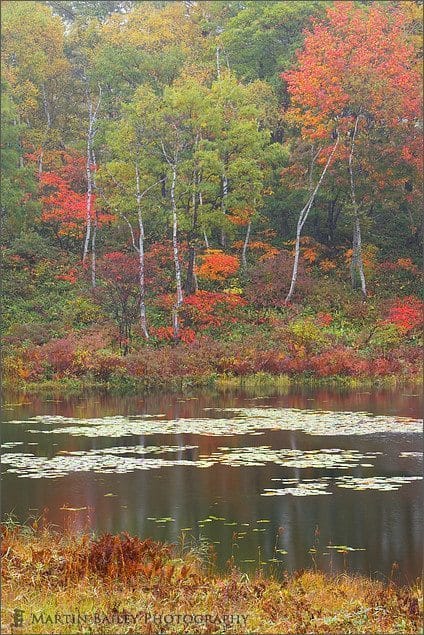
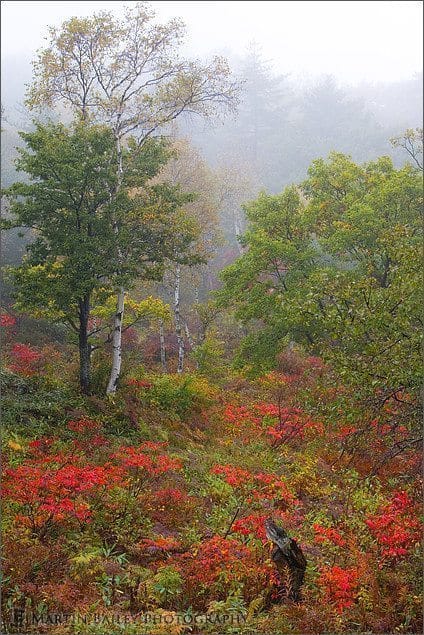
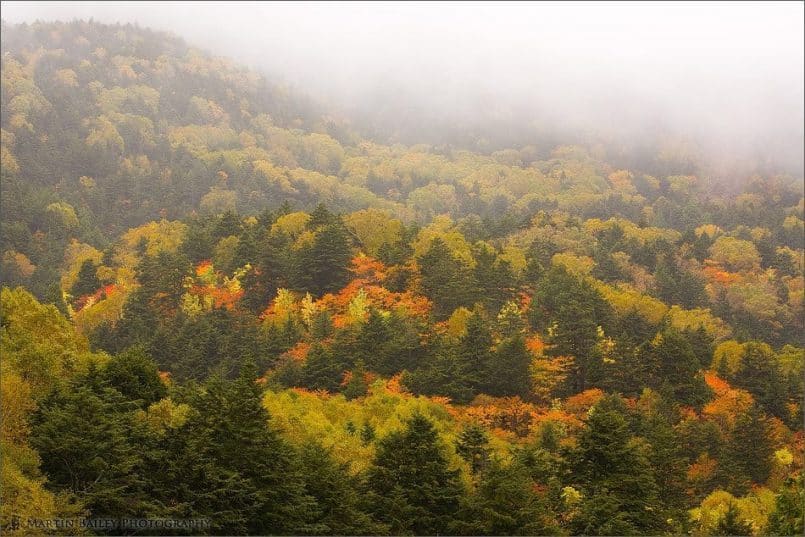
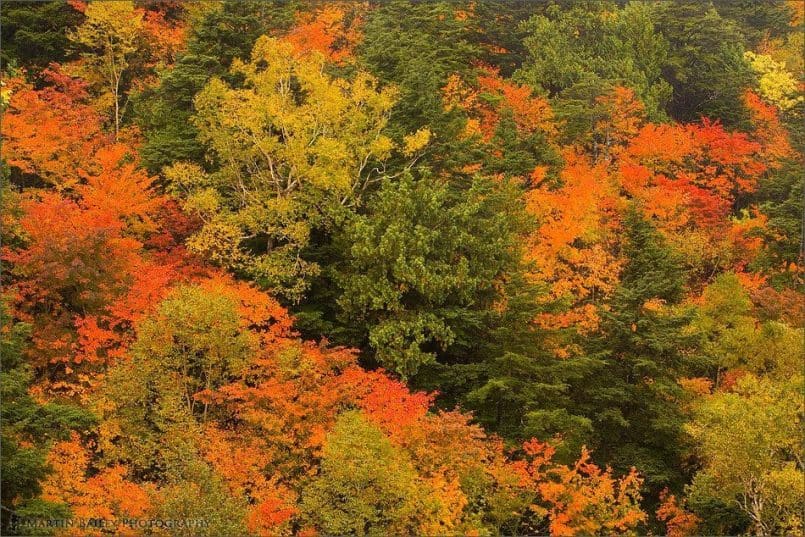
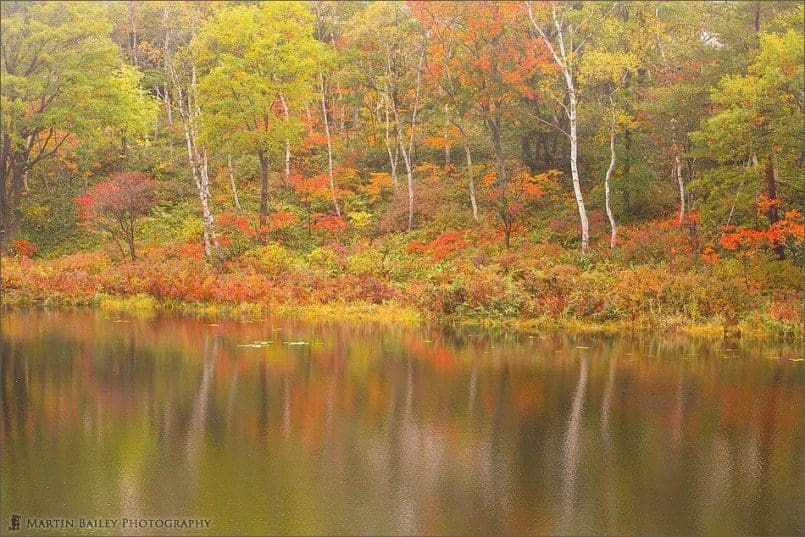

0 Comments